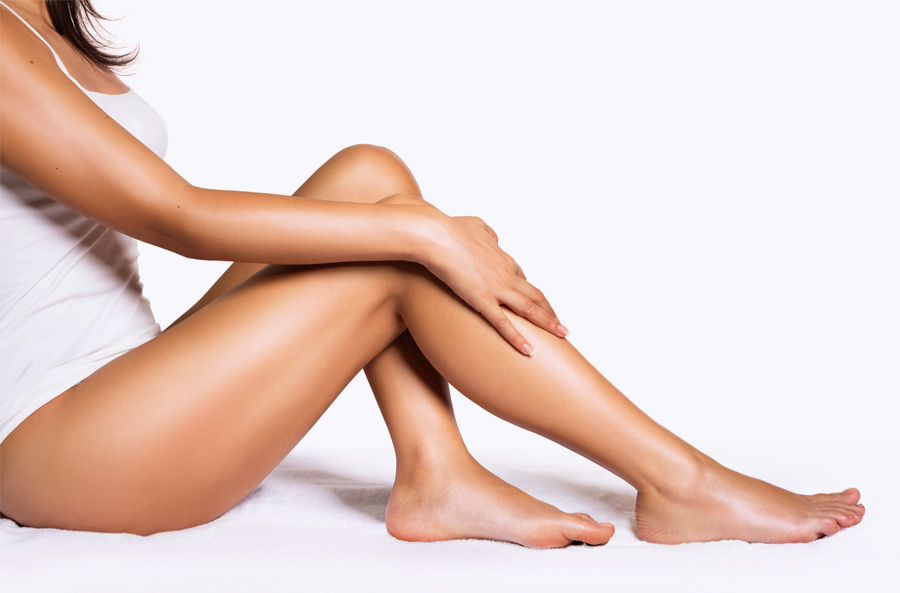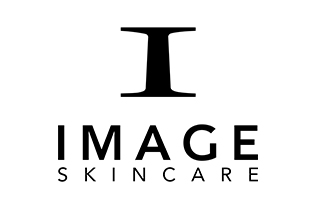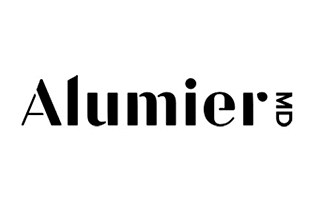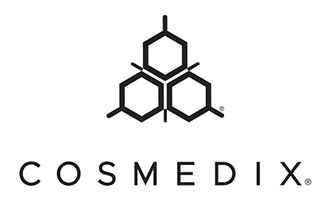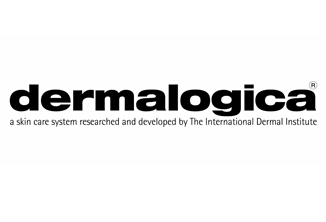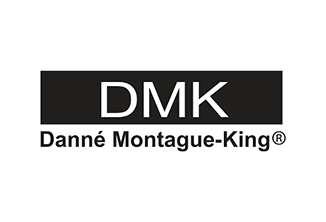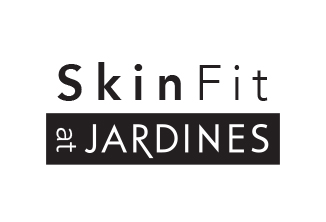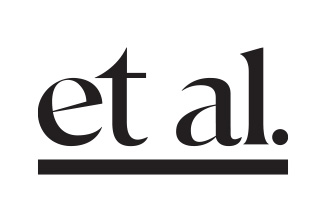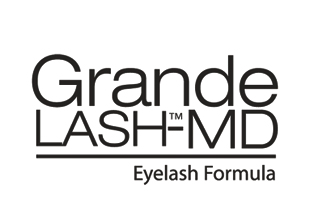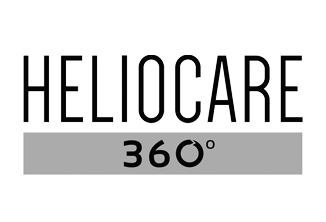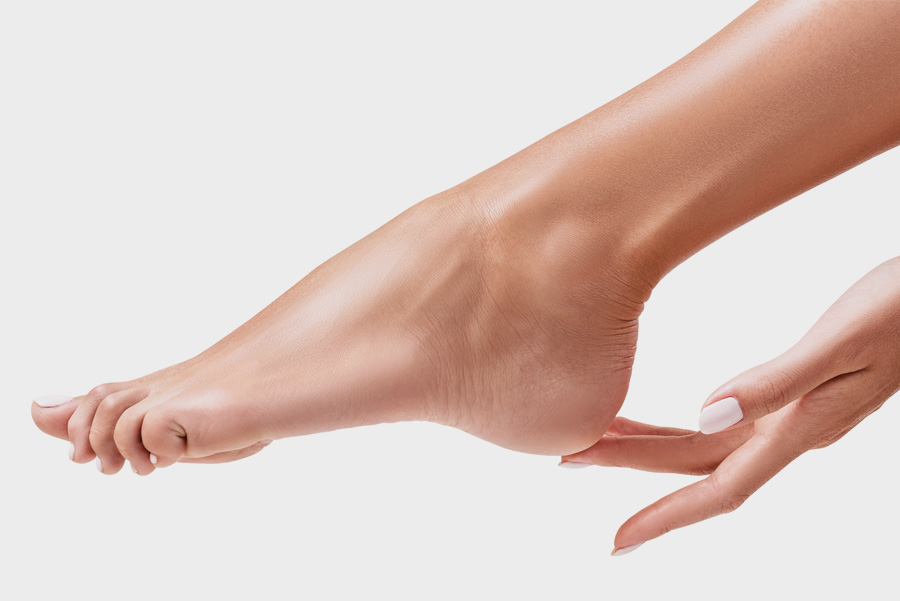
Laser Nail Fungus / Wart Treatment
Onychomycosis (nail fungus) can affect finger or toe nails. It becomes more common with age, and certain other groups have a higher risk of developing the condition – people with diabetes, athlete’s foot, or circulation problems; people who sweat a lot, or even use communal showers at the gym or swimming pool, and those who have damaged their nails.
You may be reading this because you have found that antifungal nail paints don’t work for you, or because you have read about the side effects (such as headache, nausea or diarrhoea) of oral antifungal drugs. Treatment with Ellipse’s Nd:YAG 1064 offers a reliable and effective treatment, without the risk of uncomfortable side effects.
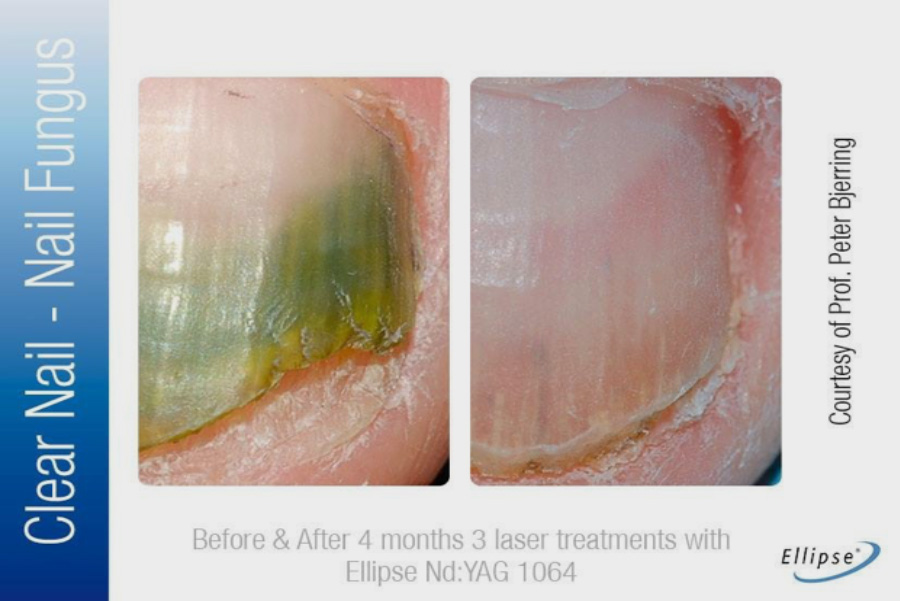
Want to remove your warts?
There are as many as 10 varieties of warts, mostly harmless. It is possible to catch warts from others as they are contagious and usually enter the body through an area of broken skin. They typically disappear after a few months but can last for years and can recur. Fortunately, there are fast and straightforward procedures available for removal of these Warts appear as small, grainy bumps that are rough to the touch. Most warts are flesh-colored, tan, pink, or white. Warts sometimes contain small black dots that are tiny, clotted blood vessels.
Warts are caused by direct contact with human papillomavirus (HPV), which is contagious. HPV might spread by person-to-person contact or through indirect contact with an object used by a person with the virus. The virus that causes warts also can also spread to other places on the body.
We use the Nd:YAG 1064 nm laser to provide a fast effective treatment of resistant warts (those which do not respond to other treatment methods). An intense beam of infrared light is used to burn and destroy the wart tissue.
A single burst of light is enough for smaller warts, whereas larger ones – such as plantar or mosaic warts found on the soles of the feet – may require multiple shots to ensure the whole area is treated.
This depends on the area being treated. The area will be frozen to reduce any discomfort. When the treatment finishes some discomfort may be experienced. Normally patients are not required to take any pain killers.
Clinical trials documenting treatment’s safety and effectiveness were carried out by leading doctors prior to the launch of the treatment, and these were published in respected medical journals.




